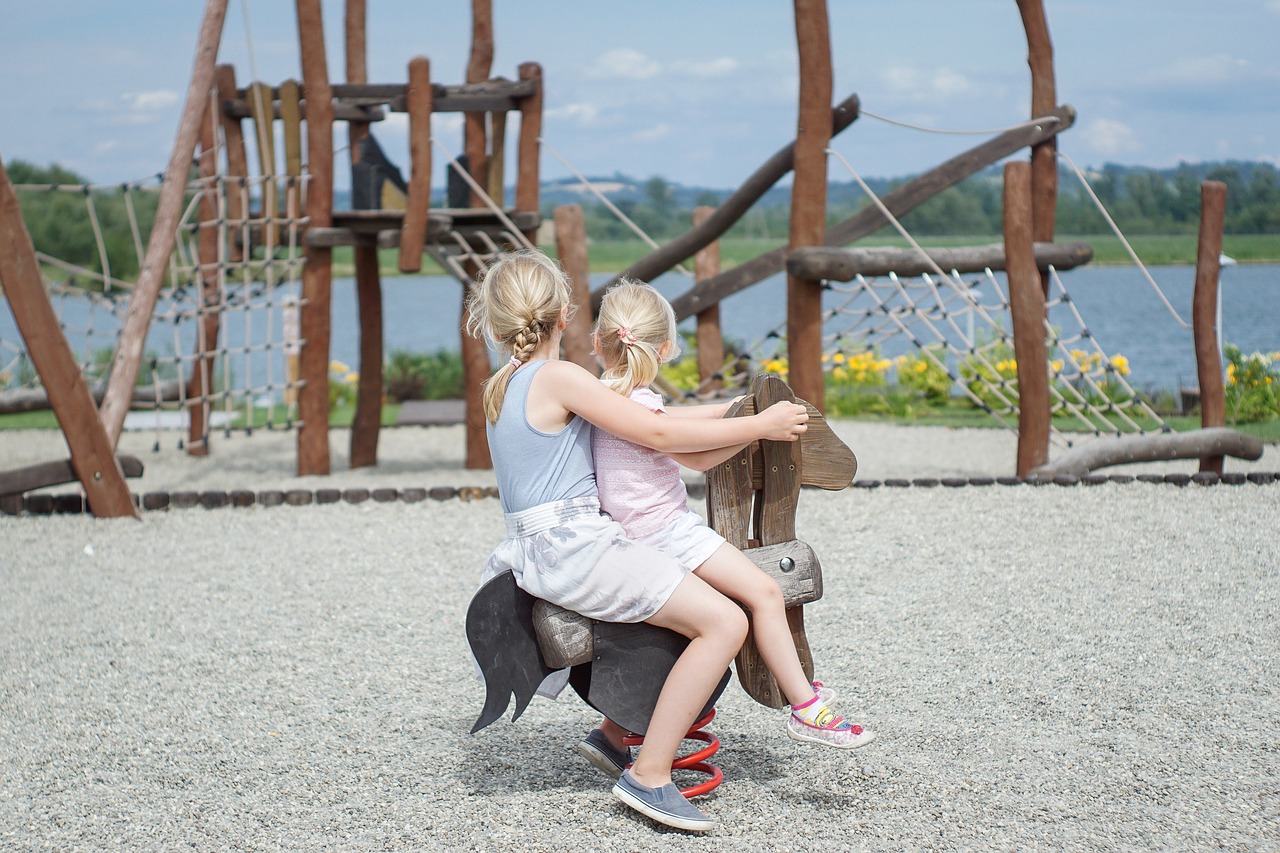By Meghan Talarowski and Taylor Chiang.
When was the last time you played? Used the swings at your local playground? Climbed a tree? Kicked a ball? Not organized sports or extracurricular activities, but playing with the imagination and freedom of a 5-year-old.
Play is so important to children’s well being that the United Nations has recognized it as a human right, along with shelter and education. And yet, in the U.S. today, children spend an average of 7 hours per day on screens. Nearly 1 in 3 are overweight or obese. Stress levels in children and teens are at all time highs, and levels of depression and suicide are rapidly increasing. The same can be said for adults, with obesity now a leading cause of death in the U.S. Clearly, we need to move more, we need to get out more, and we need to give ourselves permission to play but where?
Currently, the state of play and playgrounds in the U.S. is limited to colorful jungle gyms on rubber flooring, surrounded by fences; rarely do they attract children past elementary age. Adults spend their playground time primarily sedentary, passively observing, and the rare teen spotted in a playground is likely glued to a phone. Our playgrounds have become homogeneously safe and insidiously boring.
Playgrounds in other countries, particularly in Europe and the UK, have moved beyond this cookie-cutter model. A six-month study (by op-ed co-author Meghan Talarowski) of the play behaviors of almost 15,000 people in these playgrounds found that they had 55 percent more visitors, 14 percent more adults, and kids and teens were 16-18 percent more physically active when compared to playgrounds in the U.S.
[divider] [/divider]





